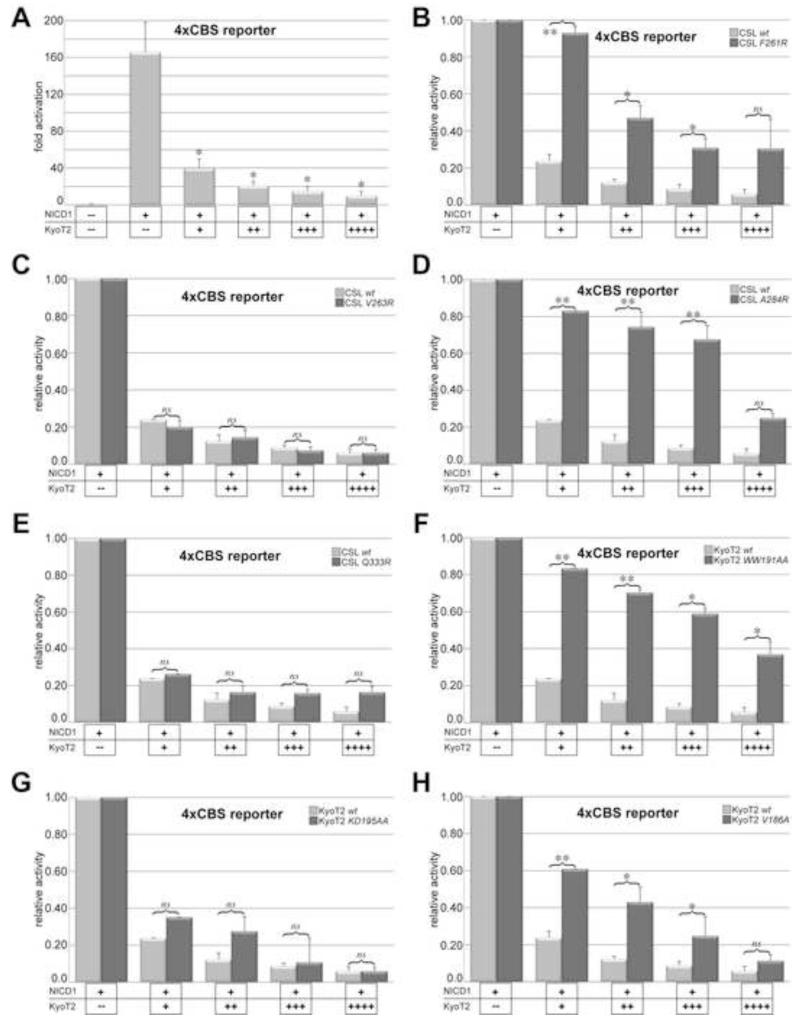Figure 6. Analysis of KyoT2 and CSL mutants in cellular reporter assays.
Figure shows the effects KyoT2 and CSL mutations have on luciferase activity induced by NICD1 from the 4XCBS reporter in MEFs. (A) Addition of NICD1 results in robust activation from the reporter (~160fold); however, increasing concentrations of wild-type KyoT2 results in potent repression from the reporter. Data are normalized to cells without NICD1 and shown as fold activation. (B-E) Increasing concentrations of wild-type KyoT2 are titrated into MEFs expressing CSL mutants F261R (B), V263R (C), A284R (D), or Q333R (E). (F-H) Increasing concentrations of KyoT2 mutants [WW191AA (F), KD195AA (G), or V186AA (H)] are titrated into MEFs expressing wild-type CSL. For panels B-H, data are normalized to cells with NICD1, but without KyoT2, and shown as relative activity; mutant and wild-type data are shown in dark and light gray bars, respectively. The data shown are derived from three independent experiments performed in duplicate and represent the means ± S.E. Statistical significance was assessed using paired Student’s t tests with *, p ≤ 0.05; **, p ≤ 0.01; and ns, not significant.

